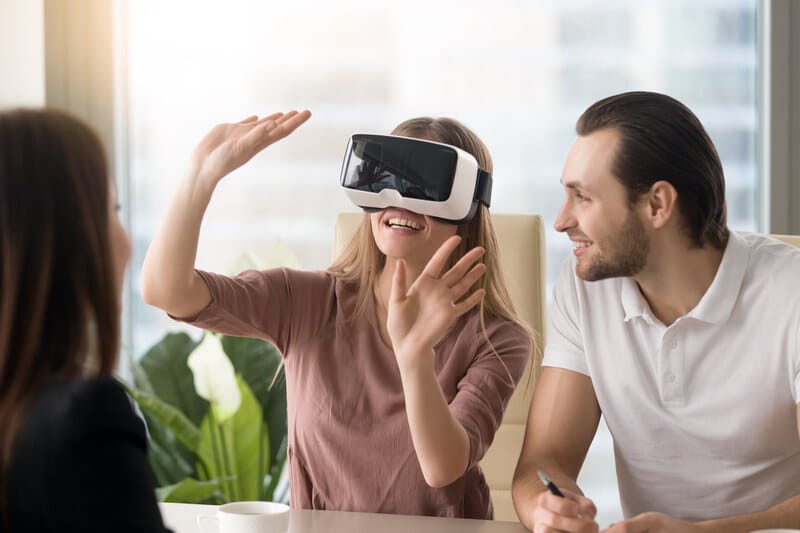The real estate landscape is rapidly evolving, and one of the most significant advancements in recent years is the adoption of Virtual Reality (VR) technology. This innovative tool is transforming how real estate agents present properties, making it easier than ever to engage potential buyers and close deals more efficiently. By leveraging Virtual Reality Rendering and 3D Interactive experiences, agents can provide immersive property tours that resonate with clients and streamline the buying process.
Expanding Reach with VR
One of the most compelling advantages of VR in real estate is its ability to expand the reach of property listings. Traditional methods of showcasing homes often rely on static images and videos, which can fail to convey the true essence and ambiance of a property. With VR, agents can offer 360° tours that allow buyers to explore every corner of a home from the comfort of their own devices. This feature is particularly beneficial for international buyers or those relocating from distant cities, enabling them to experience properties without the burden of travel.
According to industry insights, properties featuring VR tours receive significantly more inquiries and often sell faster than those that do not. This immersive experience captures the interest of potential buyers and allows them to visualize themselves in the space, creating a deeper emotional connection.
Enhancing Buyer Engagement
Buyers today are looking for more than just a basic overview of a property; they want a comprehensive experience. 3D Interactive tours provide exactly that. With VR, clients can navigate through homes, interact with features, and get a feel for the layout and flow of the space. This level of engagement keeps buyers interested longer, often leading to quicker decision-making.
For real estate agents, this means less time spent on unproductive showings and more time focused on serious buyers. By integrating VR technology into their sales strategy, agents can present properties in a way that resonates with modern consumers who expect more than traditional marketing methods.
Convenience and Flexibility
The flexibility that VR offers is another significant advantage for real estate agents and buyers alike. Scheduling physical showings can be challenging due to clients’ busy lives. However, with VR, clients can view properties at their convenience, anytime and anywhere. This convenience speeds up the decision-making process and allows agents to handle multiple clients more efficiently.
Clients can explore several properties in a single sitting, making comparisons and narrowing down their options without the time commitment of in-person visits. This not only enhances the buyer’s experience but also optimizes the agent’s workflow, ultimately leading to faster closings.
Minimizing Unproductive Showings
One of the most common pain points for real estate agents is unproductive showings. When a client views multiple properties in person, there is often a mismatch between expectations and reality. VR tours allow clients to pre-screen homes online, filtering out properties that do not meet their criteria. This leads to more meaningful in-person visits and increases the likelihood that those showings will result in a sale.
By minimizing unproductive showings, agents can focus their time and energy on properties that truly match their clients’ needs, thereby improving efficiency and productivity.
Showcasing Unique Features
Every property has unique selling points that can set it apart from the competition. VR allows agents to highlight these features effectively, whether it’s a stunning backyard, high-end finishes, or an open-concept layout. By guiding viewers through these focal points in a 3D Interactive format, agents can enhance the property’s appeal and draw in more prospective buyers.
The ability to showcase a property’s best attributes vividly can significantly impact a buyer’s perception, making them more likely to proceed with an offer.
Conclusion
As the real estate market continues to evolve, adopting VR technology is no longer just a trend—it’s becoming an essential tool for success. By utilizing Virtual Reality Rendering and creating 3D Interactive experiences through Endesign, real estate agents can enhance buyer engagement, expand their reach, and ultimately close deals faster.
The future of real estate is here, and those who embrace these technological advancements will not only meet but exceed their clients’ expectations. For agents looking to stay ahead in a competitive market, investing in VR technology is a pivotal step toward driving sales and ensuring client satisfaction.

